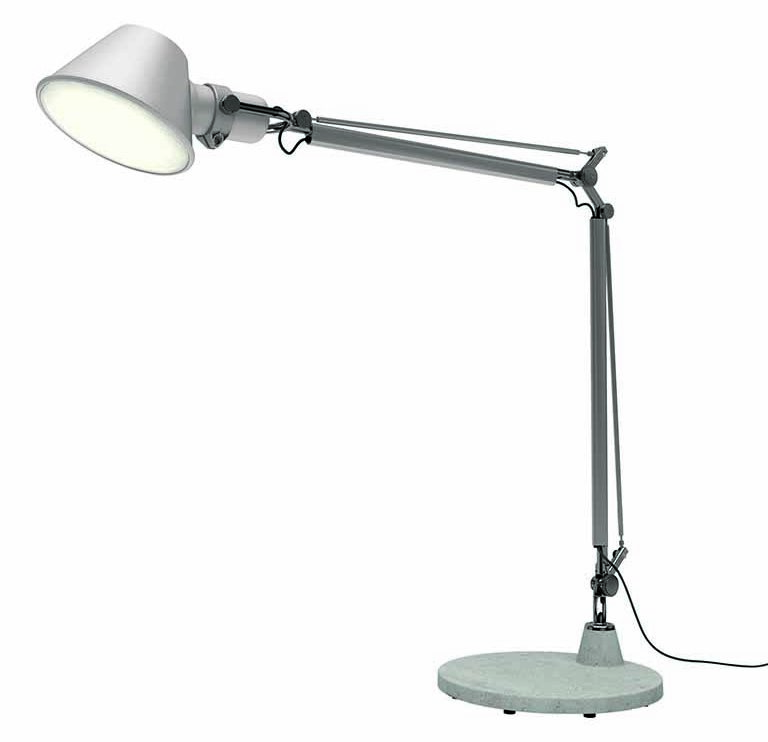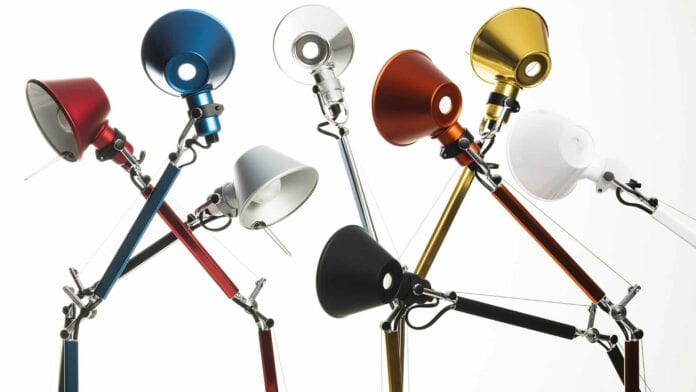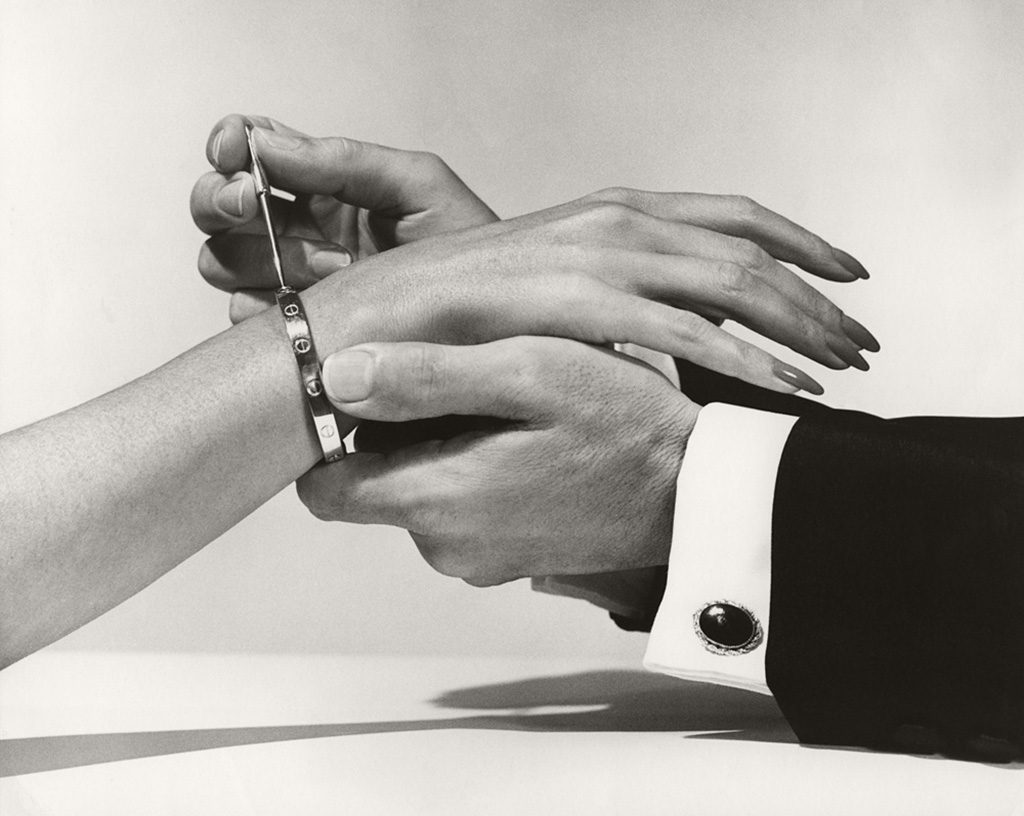Annus felix 1986: Halley’s Comet is spotted and photographed in the Milky Way, the famous US-USSR summit is held with Reagan and Gorbachev, Italy connects to the Internet for the first time. And Michele De Lucchi, architect and designer who had already worked with the Memphis Group, was commissioned by Artemide to create one of the objects that made the history of design and table lighting: the Tolomeo lamp, which won him the Compasso d’Oro award in 1989
This is how De Lucchi describes the genesis of his masterpiece:
“I designed the Tolomeo lamp in 1986 or 1985… those years anyway. They were very fertile years, there was already the Memphis, which had already had its clamour. I was travelling around the world, working for Olivetti. I had some of my own work, I was seeing a lot of Ettore (Sottsass, ed.), but I was beginning to have more independent relationships, including one with Ernesto Gismondi, who owned Artemide.
I had already designed two lamps for them. As was done then, and as is still done now, at Artemide you go in with lots of lamp designs and Ernesto himself decides which lamp works and which lamp doesn’t work. On one of these occasions, when I had a small album of drawings, or simply my notebook with some sketches I had made in an aeroplane or on a journey or on a train, on one of these occasions, in one of these sheets there was also the first sketch of the Tolomeo, which was born out of the desire to have a lamp of my own on my desk. Or rather, myownlamp on my drawing board.
The following year, in 1987, De Lucchi’s ingenious union with his colleague Giancarlo Fassina, a production engineer and his collaborator for the complex technical gestation, gave birth to a piece destined to sell, in the first year alone, five hundred thousand pieces and to become Artemide’s bestseller.
A table lamp that could be moved with a finger, this was the inspiration that came to De Lucchi, who together took ideas from the Naska Loris, born in 1933, and the Tizio, designed in 1972, the lamp that had become popular in the 1980s.
“I had a Naska Loris, which are those lamps with the spring arm. One of the most beautiful lamps ever designed in the world. But it wasn’t mine, I wanted to replace it with something of my own.
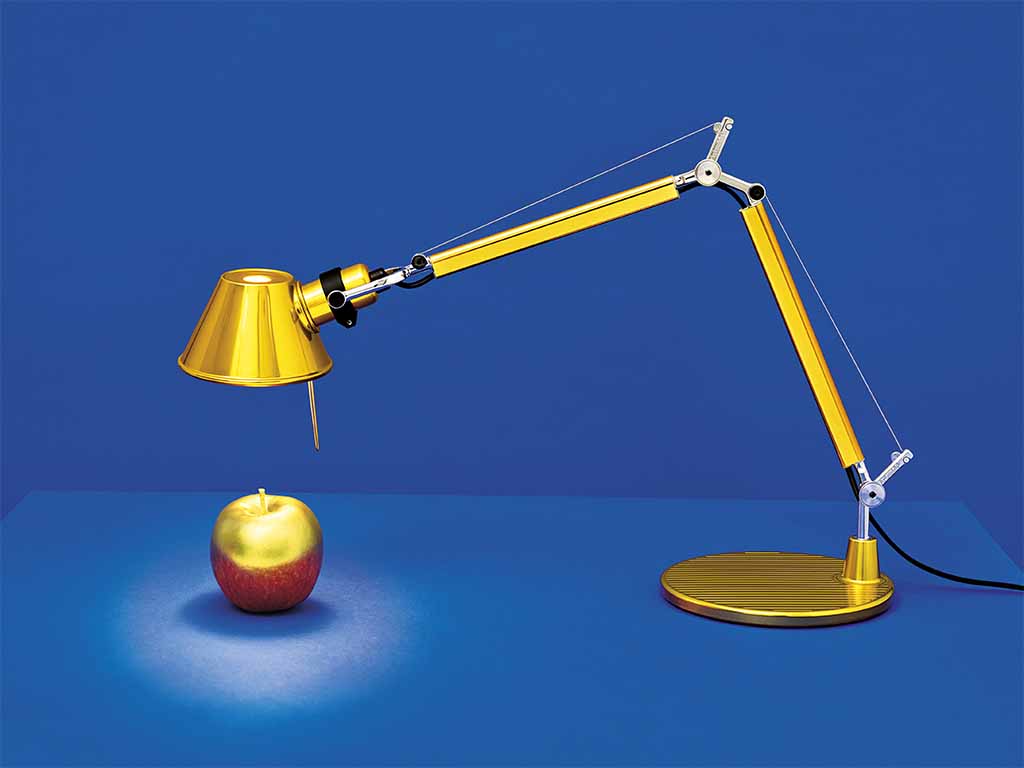
Among the many lamps proposed to Gismondi, the Tolomeo was born. De Lucchi proposed, among other sketches, his personal idea of the arm lamp. A lamp with a system with a spring hidden inside a tube, a small thin cable, which kept the spring itself under tension. This system was nothing more than a reinterpretation of the Naska Loris itself, with a revision of the basic structure. The criterion, however, was exactly the same
A criterion “inspired by the system used by fishermen, especially those who fish with trabucchi, where they use a rope to support the fishing line or the pole that holds the fishing net, allowing them to manoeuvre the position of the net up or down, and this seemed to me a good suggestion for making an arm lamp”.
It is the search for the perfect arm lamp that stimulates De Lucchi, who develops a design around this pivot – ideological and material – that is simple in form and essential in colour
But what is the soul of the Tolomeo? Its spring system, which, despite the complexity of its construction, allows it to maintain a permanent tension and thus to be both aesthetically and functionally valid
“Designing an arm lamp is in itself one of the most complicated things that exists in the world of lighting, because an arm lamp works if you can take the head of the lamp and position it in all possible places in the space and it has to stay still in that position and the user has to be able to take it in his hand – one hand, woe take the clamp with two hands – be able to get up and down”.
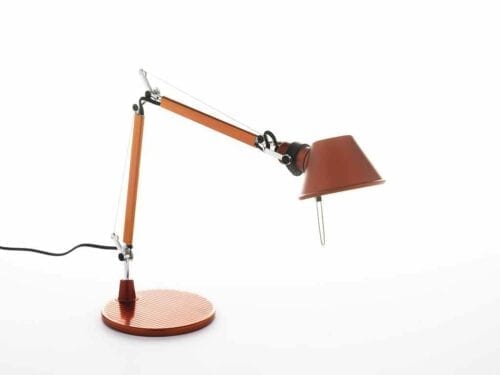
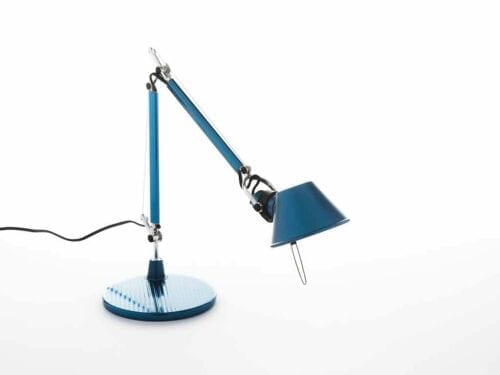
It is precisely the permanent tension that makes the Tolomeo so special, and it remains the world’s best-selling lamp to this day. But it is not only its spring structure that makes it timeless, nor the innovative materials used. It is the fact that each component, although detached from the main body, is itself an independent lamp.
And beyond the mechanism and its associated complexities, the other purely design-related but equally important issue was the head.
“The head of the Tolomeo came about because I felt the need to disguise all the engineering that was in there. I wanted to have a head that was as simple, familiar and common as possible. So I designed this inverted conical jar. And an interesting thing about the Ptolemy, which you don’t realise immediately, is that the base of the bulb is not on axis with the shade. Anyway the bulb is perfectly orthogonal to the sloping face of the shade. In this way the image of the lamp, which would be static and boring, is much more dynamic. It had also much more functional. The heat of the bulb comes out more easily through the small hole we made in the head. Therefore this hole here is also part of the success of the Tolomeo”.
Suspended, maxi, clamp, outdoor, wall, table, ceiling, floor or LED. De Lucchi has succeeded in creating a lighting universe, declining the same ingenious concept in different forms but always with the same logic.
A logic based on the architectural minimalism of the 1990s, far removed from the provocative Memphis productions of the previous decade, and on an idea of simplicity and frugality that goes well with the minimalist silhouette of the lamp itself. Tolomeo was designed to be everywhere, never to become old. Moreover, it has been produced in the simplest way possible. For example that the lamp has no screws – except for the one that tightens the clamp – and is held together, simply, by the tension of the spring.
Created to represent an idea of frugal technology in which Michele De Lucchi believed – and continues to believe – tenaciously, it offers the customer an ease of use and an aesthetic validity that few design objects manage to combine in such a positive way. Consequently, it becomes a perfect light for the office, the bedroom, the living room and any desk. For design lovers and minimalist spirits. For great enthusiasts but also for the simplest souls, not necessarily close to the world of architecture and design.
“There is nothing obscure inside this machine, and this calms us”, said De Lucchi, coming close to the thinking of design historian Domitilla Dardi. The popularity of an object is directly proportional to its commercial success. And the Italian master of design, willingly or unwillingly, has only confirmed this.
Elena Cirla
Gallery
Tolomeo mini table
Tolomeo mini table
